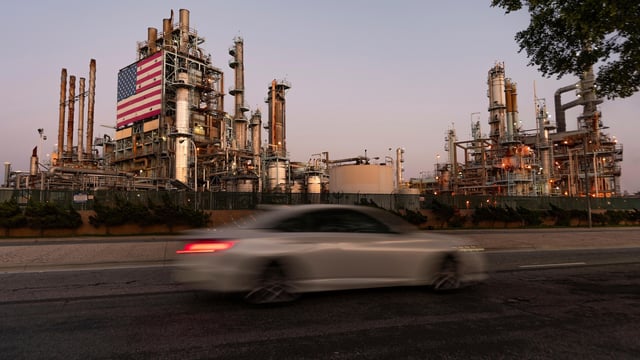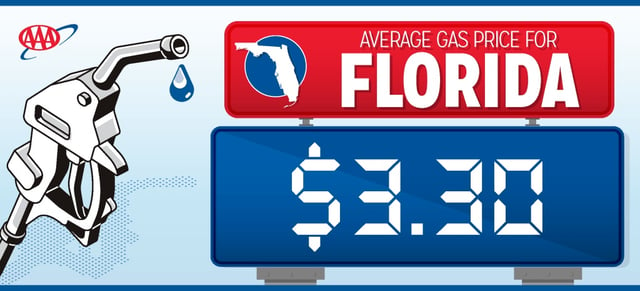Overview
- The national average for gas prices fell to $3.44, down 9 cents from last week.
- Current prices are over 14 cents lower than this time last year.
- Reduced demand post-pandemic and increased refinery output are key factors.
- The Biden administration released 1 million barrels from a reserve to help lower prices.
- Experts predict prices could continue to fall, barring major disruptions.



